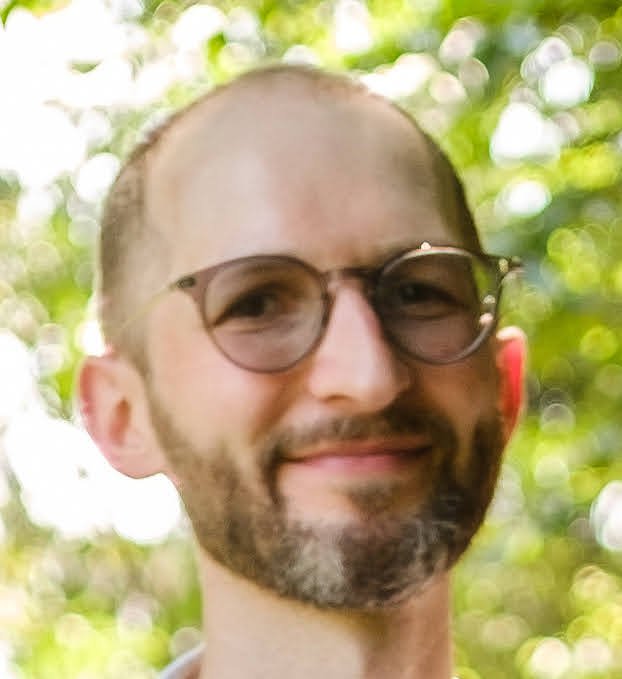Austin Day 0: An Institution
/Before I get real improv-y, let me just say that people in Austin are the NICEST. Throughout the day, people just kept striking up conversations with me, just for being in the grocery line for example. How fun!
Anyway, I signed up for Asaf Ronen's Drop In Diagnostics Class at The Institution. This was a great experience and such a cool idea. Students from Institution (or the 4 other schools) can drop in any week for some personal attention. It was intense. The class is designed to quickly find weaknesses and provide some practical tools. I left feeling energized but I get that it's not a "good" feeling.
Then was the Rubber Room. This is The Institution's weekly jam. When I told Asaf how well I enjoyed the format, he thanked me and told me a lot of thought went into it. Here were the main features I enjoyed:
- Big group warm up that was a) led by one of the teaching faculty b) quick c) involved most of the people most of the time (no small feat for a group this siz
- Teams did sets. These had music and lights (mine even had bubbles drop). Really felt like a show.
- Teams edited (tags, sweeps), but a teacher would clear for a whole new scene every so often (in a super fun way)
- Then the teachers did a set together. It was informal and full of joy!
- Then the lottery: each teacher drew a raffle ticket and the winner did a longer scene with them, they agreed on the format at the top.
A really fun night. Ok all for now.







